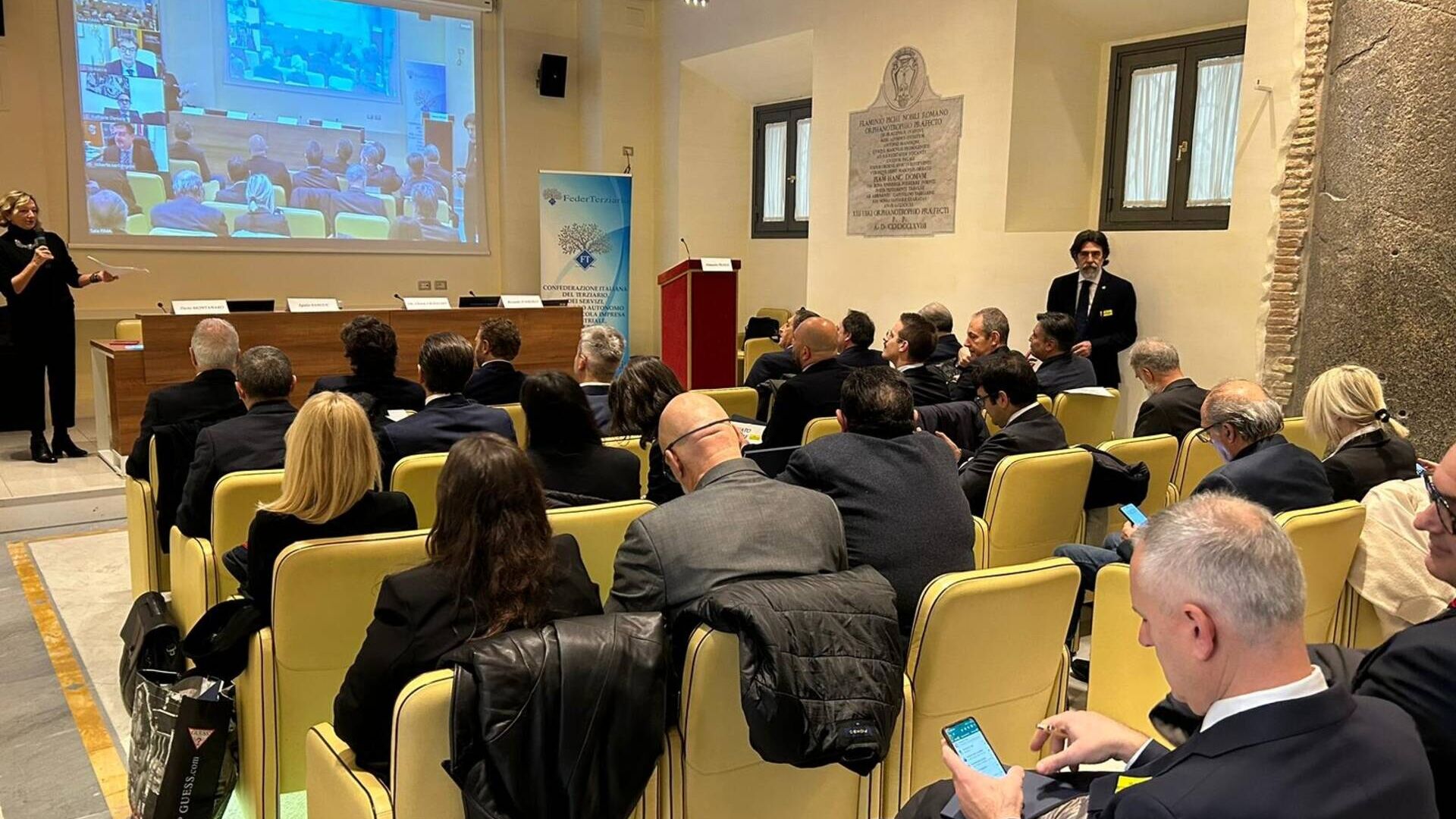How to write a (winning) product sheet for your e-commerce site
How to write a (winning) product sheet for your e-commerce site.
The product sheet of an e-commerce is that page that really makes the difference in an online store. This is because the user, greedy for information, needs to get information first, in order to then decide on the purchase.
There are many ways to write a product sheet, but what I am describing to you is, in my opinion, what can make the difference, in choosing your product over that of a competitor, with the same brand, model and characteristics. Because it's not just what you sell, it's how you sell it and the product sheet plays a key role.
You don't have to consider your product sheet like the label you find on packages or bottles. There is useful information, for heaven's sake, but it's not done, it doesn't make sense and it doesn't attract attention. You have to consider each product sheet as a sort of landing page. Consequently, before describing the product in detail and technically, you must first capture the attention of the potential buyer who is reading, with simple copywriting techniques. Like?
6 very simple points
to keep in mind to create a perfect product sheet that will force the user to buy only from you.
Material Design and Google Font: when details matter
original:
try to be as original as possible, strike a balance between the personal and the informative. Be yourself. It seems trivial but, indirectly, when you write a product sheet, you are automatically representing the company of that product. Are you a multinational? Maybe use more formal language (but not too much); are you a smaller company? Use more friendly language, making it clear that it is a more familiar context. Always original! You will see that it pays off in the long run.
Writing for marketing: copy style and brand identity
Conciso:
why did I mention the landing page? because, believe me, the product sheet is. In the first part of the product presentation, in the above the fold part, 80% of the game is played. You have about 10 seconds to convince the user to scroll down the page and continue reading the information. Grab the user's attention! If you can, enter what the product solves, how it can help the user solve a problem, what are the differentiating elements compared to other similar products.
Gloria Mundi, the new website of craft beers for elegant drinking produced by Innovando
Schematic:
in the part immediately below above the fold, be clear, simple and schematic. People don't just read vertically, but horizontally and obliquely, they have peripheral vision and the more schematic you are, the better. Do you know how long a person's attention lasts while he's reading a text nowadays? No more than 9 seconds. In these 9 seconds you have to convince him.
Writing for Marketing: The Art of Creative Storytelling
Furbo:
really get smart! Don't write nonsense like "best value for money" or "top product". These are the relatives of those phrases like "sector leader" or "market leader" which unfortunately you still find on some company pages and which have no longer worked for some time (if they ever did). Rather detail the materials, shapes, sizes, colors, sizing, and great high-resolution photos (don't care if Google PageSpeed doesn't let you pass the test, they'll get over it sooner or later) from all possible angles. Before buying, a user wants to be sure that that product is exactly what he was looking for. What do you do when you want to buy a product from a department store shelf? Don't you look at it from every angle millimeter by millimeter?
Branding design: the graphics and image of the brand
SEO:
Don't forget to properly fill in the Title and Description fields. The title is the first hook to attract the user, so create a title with keyword + hook phrase. The keyword will be the name of your product (that before inserting, I invite you to make the appropriate preliminary assessments, to analyze the traffic volumes. Don't copy what your competitors write. You can take a cue, indeed, it is a duty, but without copying at random. If you want to copy the product title, as others have written, always look at the data first); the hook sentence will be the sentence that must convince the user to click on the result. You can decide whether to insert a more informative sentence, rather than an emotional one. For example, in the case of a product, you can enter [keyword] starting from 97€ shipping and installation included. Or [keyword] and you can say goodbye to your back pain! Or [keyword] for an unforgettable night. The description tag, on the other hand, mainly serves the user to reinforce the information you use on the title, increasing the details that you were unable to enter on the title.
The future of the Web at the center of the "Digital Summit Liechtenstein" 2023
Emotions:
last point, but not least, is the emotion. Marketing is fundamentally driven by emotions. The more you manage to create emotion and empathy with the user, the more the customer will be pushed to buy or ask for information. Don't dwell on making a cold and boring list of information (even worse if copied from who knows where), rather describe very well how the same product can solve the problem, moving the customer's mood.
Do you think it's difficult? It is not believe me. It's just dependent on your habit of how you've approached this topic up to now. Always put yourself in your customer's shoes, ask yourself why he should buy from you compared to your competitor, be clear about how that product can solve a problem for him, but above all EXCITS.
You may also be interested in:
“The patient at the centre”: a great hope and a meeting in the Senate
The topic of the importance of innovation in medical devices for European healthcare will be explored on 15 May in Rome by experts and politicians
by Alberto NicoliniEditor of districtbiomedicale.it, BioMed News and Radio Pico
Four countries, one gigantic ocean: the CMAR case
It is the marine corridor of the eastern tropical Pacific: Panama, Ecuador, Colombia and Costa Rica allied for the protection of seas and marine species...
Lausanne, on the trail of pollution: the story of an incinerator
A team of scientists has reconstructed the events of the Vallon waste-to-energy plant and the invisible contamination that shocked the Canton of Vaud
How the environment determines the characteristics of the cheese
The tasting highlights how, with unchanged production rules, climate and fodder crops influence different organoleptic notes




